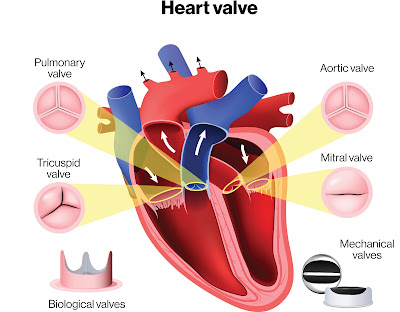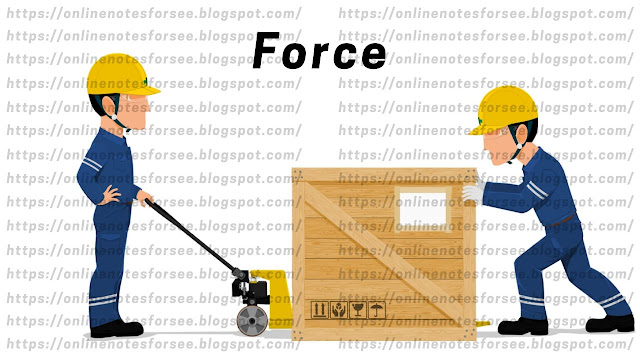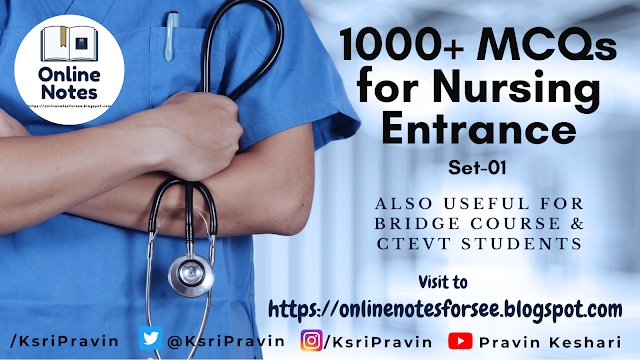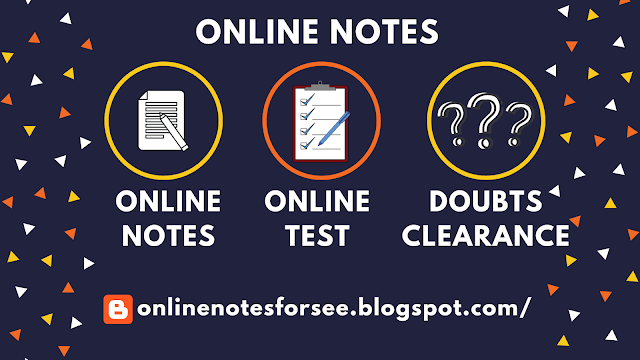Blood Circulation in Human Body || Solved Q/A for practice for S.E.E. - Exam || Part-2
Blood Circulation in Human Body
Part-2:
Very short questions and answers for S.E.E. students
Questions and answers for practice for S.E.E. examination
1) What happens if there is shortage of WBCs in blood ?
Answer: If there is shortage of WBCs in blood, the body cannot fight against various infections.
2) Name any two proteins found in platelets or thrombocytes.
Answer: Any two proteins found in platelets are fibrinogen and globulin.
3) What happens when the number of platelets increases or decreases?
Answer: The blood clots faster when the number of platelets increases and the blood clots slowly when their number decreases.
4) Write any two parts of the body in which blood cells are produced?
Answer: Two parts of body in which white blood cells are produced are lymph node and bone marrow.
5) Write any two functions of leucocytes or WBCs.
Answer: The two functions of leucocytes or WBCs are:
(i) WBCs defend body from various diseases.
(ii) They fight against disease causing germs and destroy the damaged cells by phagocytosis.
6) How much blood is found in the body of healthy adult?
Answer: About 5.5 liters of blood is found in the body of healthy adult.
7) By the help of which factor do RBCs absorb oxygen?
Answer: RBCs absorb oxygen with the help of haemoglobin, an iron containing pigments, present in them.
8) What is normal blood pressure of a healthy young person? Name the instrument which is used to measure blood pressure.
Answer: The normal blood pressure of a healthy young person is 120/80 mm of Hg. The instrument used to measure blood pressure is called sphygmomanometer.
9) What is 'pulse' or 'arterial pulse'? Write down the pulse rate.
Answer: Arterial pulse is the systemic contraction of the heart that can be felt as a jerk in certain arteries which are superficial in position.
10) What is heart beat?
Answer: The continuous rhythmic beat throughout the life which is produced due to contraction and relaxation of the heart is called heart beat.
11) Write one function of right and left ventricle of human heart.
Answer: Right ventricle of hart pumps deoxygenated blood towards lungs through pulmonary artery. Similarly, left ventricle of heart pumps oxygenated blood towards various body parts through aorta.
12) Give one function of fibrinogen and sphygmomanometer each.
Answer: Fibrinogen- It helps to clot the blood.
Sphygmomanometer-It is used to measure blood pressure.
13) How is uric acid produced is human body?
Answer: In human body, uric acid is produced due to excess metabolism of purine.
14) Where are bicuspid (mitral) valve and tricuspid valve located in human body?
Answer: In human heart, bicuspid (mitral) valve is located between left auricle and left ventricle where as tricuspid valve is located between right auricle and right ventricle.
15) What is haemophilia?
Answer: Haemophilia is a genetic disease in which the blood loses its ability to clot, leading to slow and persistent bleeding.
__________________________________________________________________________________
More questions will be given in another blog post. Till then watch videos given below.
For animation video on "Blood Circulation in Human Body", the links are given below.
Click on the given icons for videos.













Comments
Post a Comment
Please do not comment any spam link in the comment box.